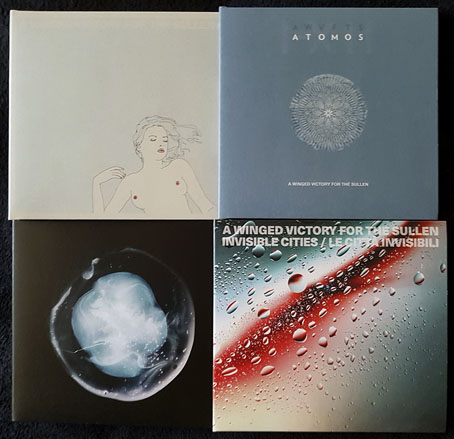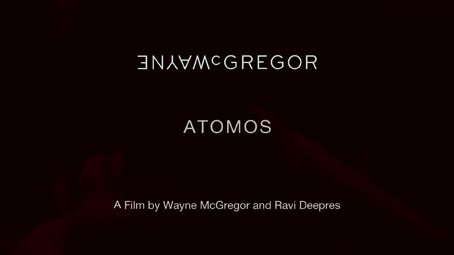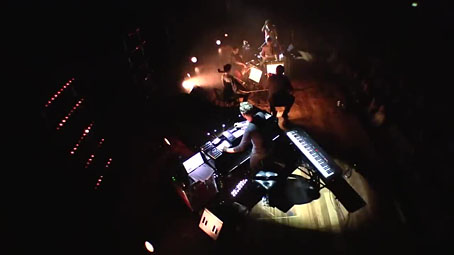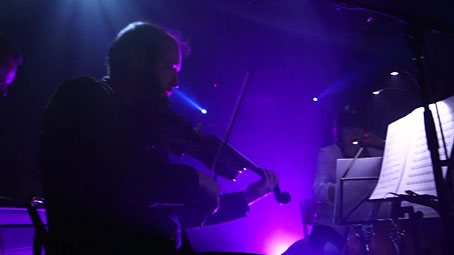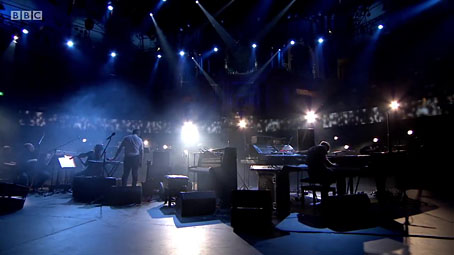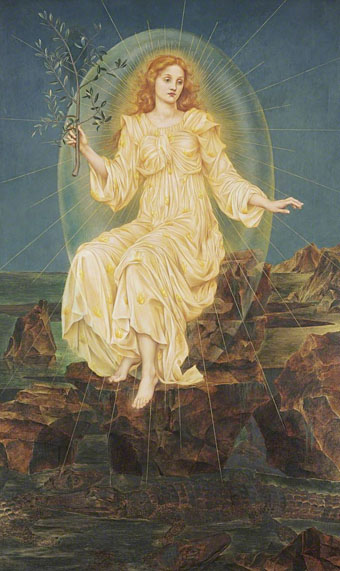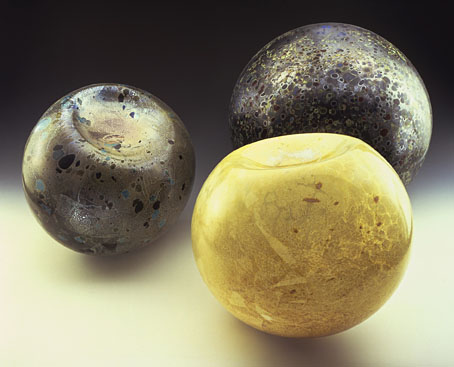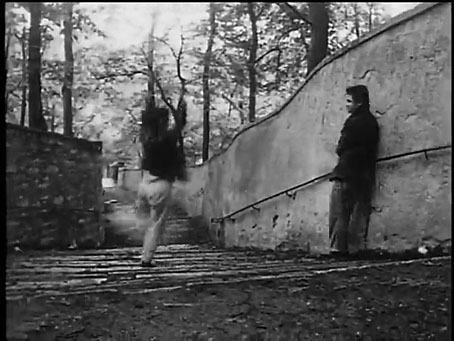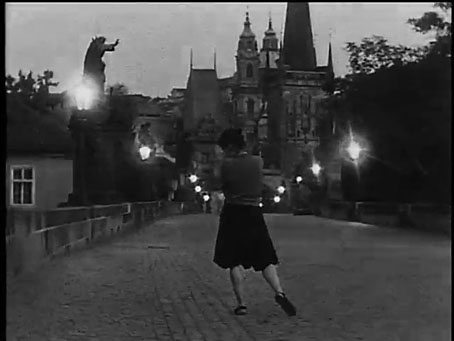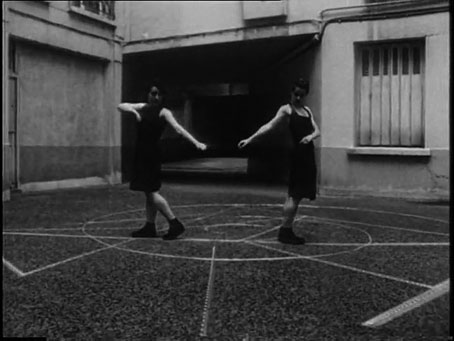The Electrical Experimenter, Vol. 5, no. 1. April, 1918. Electrical cover art by Vincent Lynch.
• Coming soon from Rocket 88 Books: Electricity and Ghosts, a collection of art and graphic design by John Foxx/Dennis Leigh. The book itself has been designed with a regular Foxx collaborator, Jonathan Barnbrook. Last year I put together a post collecting Dennis Leigh’s book covers.
• At Strange Flowers: Lavinia Schulz and Walter Holdt, their Expressionist dance costumes, and their short, tempestuous lives. There’s more about the couple’s costumes and dances here.
• New music: Road to Mandalay by Laurie Anderson; Panorama (French Soundtracks & Rarities) by Various Artists; The Passage Of Time by Cosmos In Collision.
• At Public Domain Review: Raffaele Mainella’s illustrations for Nos Invisibles (1907), a Spiritualist text by Clotilde Briatte (writing as Charles d’Orinio).
• Dennis Cooper’s favourite fiction, poetry, non-fiction, film, art, and internet of 2024 so far. Thanks again for the link here!
• John Cale’s favourite music. Also The Records That Made Me by Carsten Nicolai/Alva Noto.
• The mysterious mirrored monolith returns.
• RIP Donald Sutherland.
• Electricity (1967) by Captain Beefheart & His Magic Band | Electricity (1980) by Orchestral Manoeuvres In The Dark | Electricity (1995) by Pet Shop Boys


